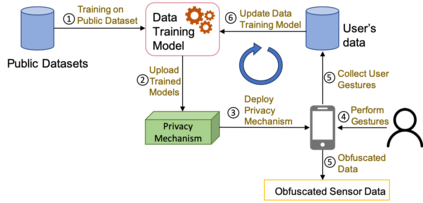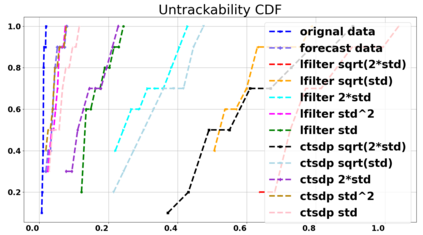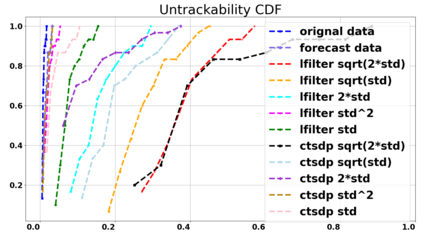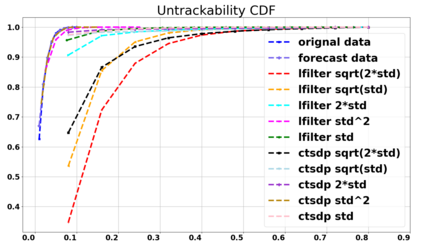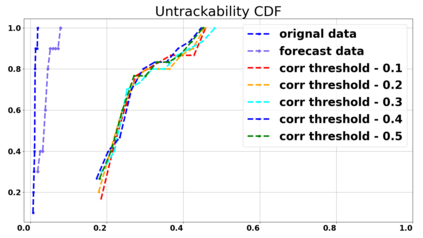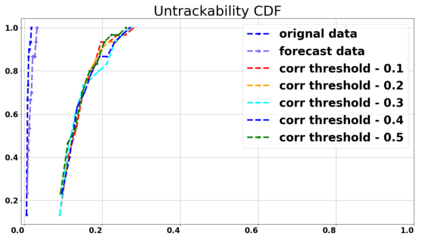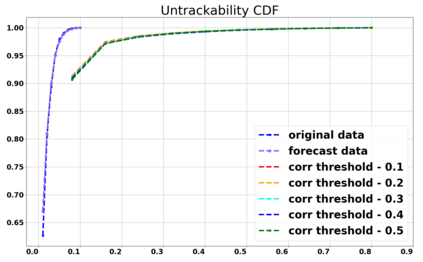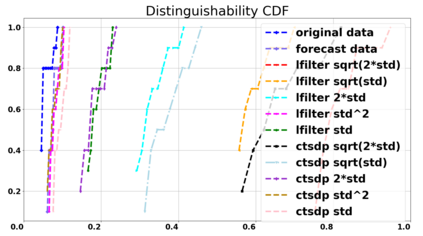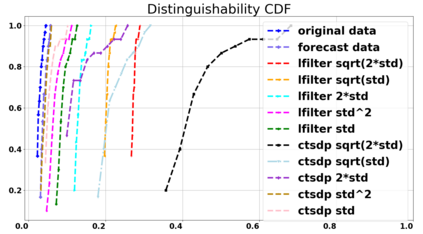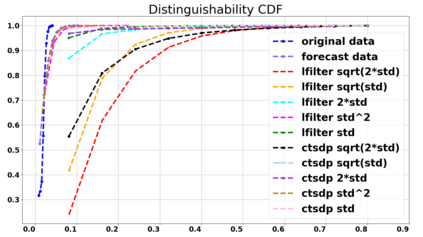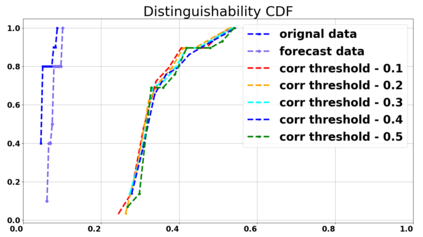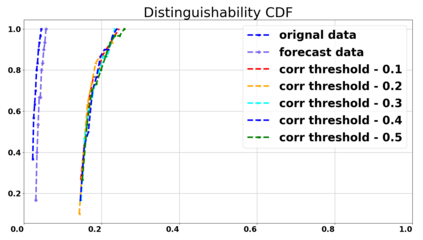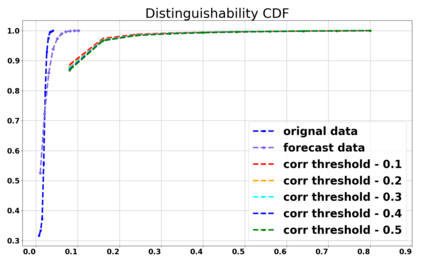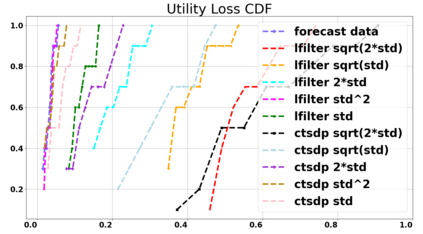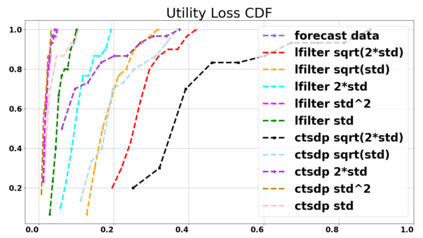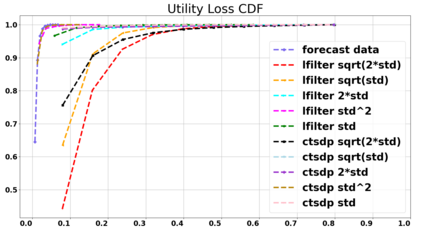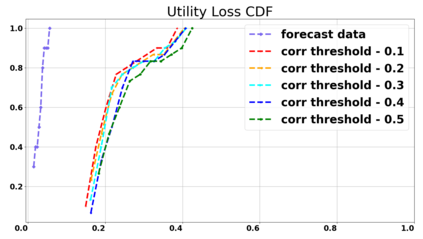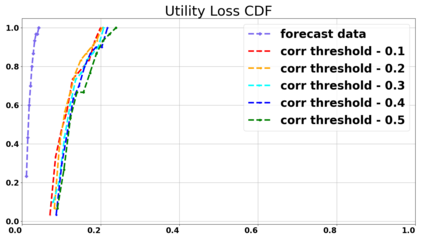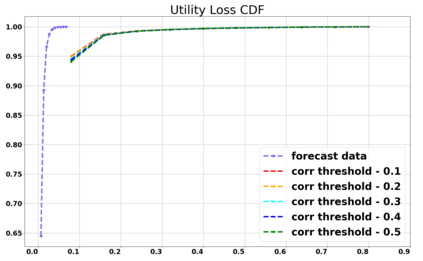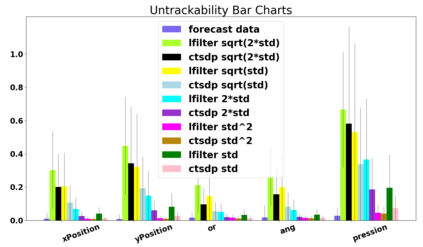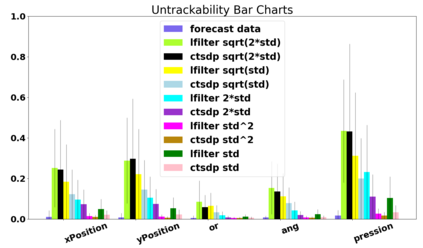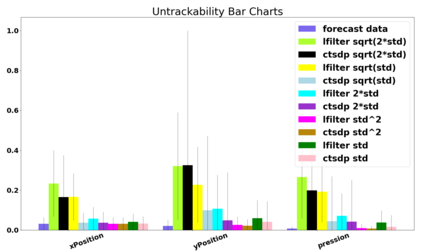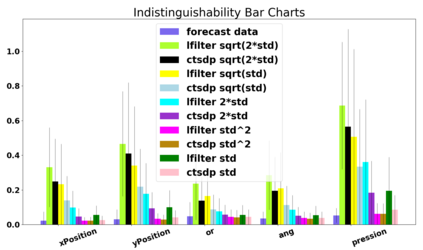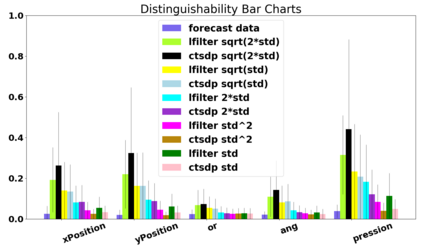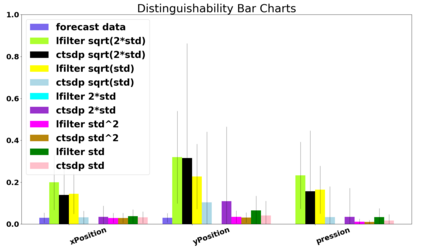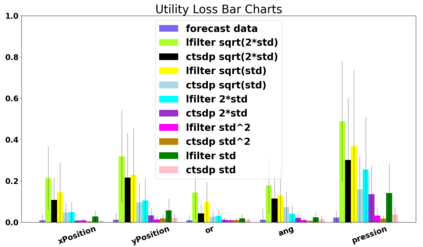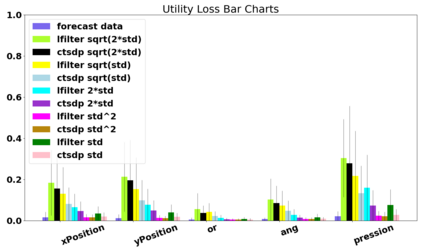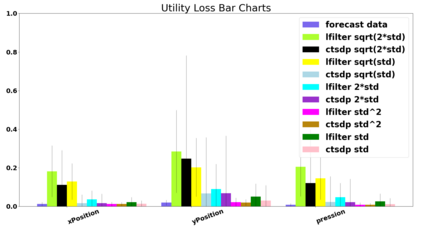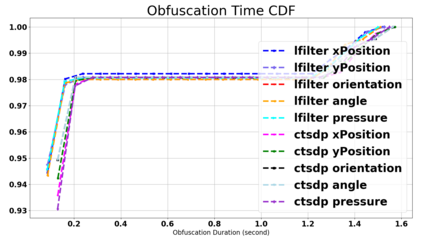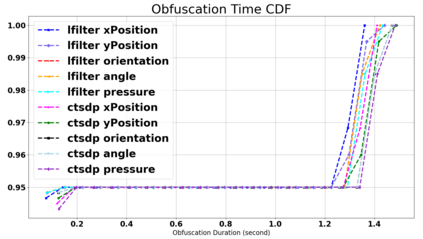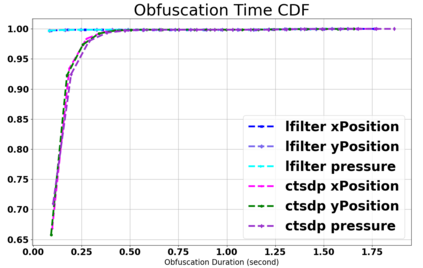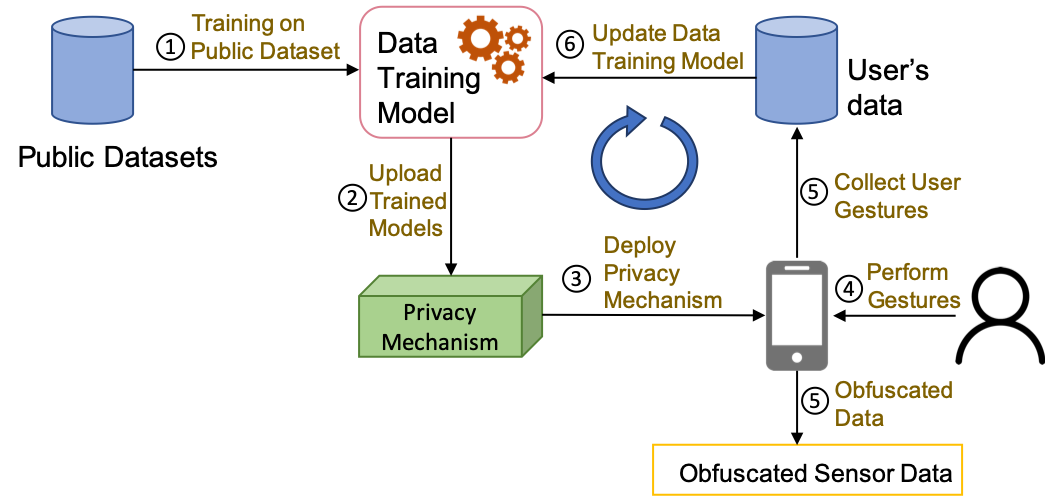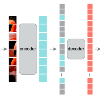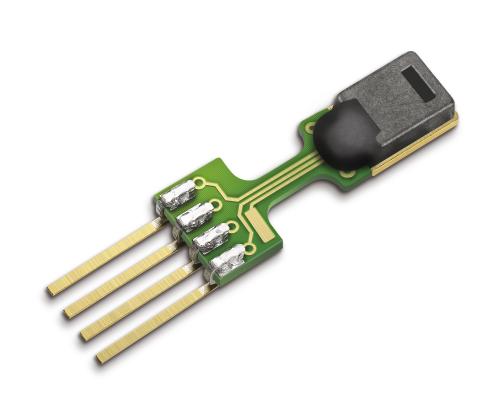Sensors embedded in mobile smart devices can monitor users' activity with high accuracy to provide a variety of services to end-users ranging from precise geolocation, health monitoring, and handwritten word recognition. However, this involves the risk of accessing and potentially disclosing sensitive information of individuals to the apps that may lead to privacy breaches. In this paper, we aim to minimize privacy leakages that may lead to user identification on mobile devices through user tracking and distinguishability while preserving the functionality of apps and services. We propose a privacy-preserving mechanism that effectively handles the sensor data fluctuations (e.g., inconsistent sensor readings while walking, sitting, and running at different times) by formulating the data as time-series modeling and forecasting. The proposed mechanism also uses the notion of correlated noise-series against noise filtering attacks from an adversary, which aims to filter out the noise from the perturbed data to re-identify the original data. Unlike existing solutions, our mechanism keeps running in isolation without the interaction of a user or a service provider. We perform rigorous experiments on benchmark datasets and show that our proposed mechanism limits user tracking and distinguishability threats to a significant extent compared to the original data while maintaining a reasonable level of utility of functionalities. In general, we show that our obfuscation mechanism reduces the user trackability threat by 60\% across all the datasets while maintaining the utility loss below 0.5 Mean Absolute Error (MAE). We also observe that our mechanism is more effective in large datasets. For example, with the Swipes dataset, the distinguishability risk is reduced by 60\% on average while the utility loss is below 0.5 MAE.
翻译:移动智能设备中嵌入的传感器可以非常准确地监测用户的活动,以便向终端用户提供各种服务,从精确的地理定位、健康监测和手写字辨识到准确的地理定位、健康监测和手写字辨识等。然而,这涉及获取和可能披露个人敏感信息的风险,到可能导致侵犯隐私的应用程序的风险。在本文件中,我们的目标是尽量减少隐私渗漏,通过用户跟踪和识别,从而在移动设备上识别用户身份,同时维护应用程序和服务功能。我们建议建立一个隐私保护机制,通过将数据作为时间序列建模和预测来有效地处理传感器数据波动(例如,行走、坐和运行时的传感器读数不一致),从而将数据作为时间序列的模型和预测来编制数据。拟议机制还采用相关噪音序列的概念,防止来自对手的噪音过滤攻击,目的是通过用户跟踪和识别原始数据的识别能力,将我们的机制在不与用户或服务供应商互动的情况下保持隔离状态。我们在基准数据集中进行严格的实验,并表明我们拟议的机制限制了用户对数值的可辨别性和可辨别性,同时将我们的通用数据的可辨识度降低风险程度,同时我们所有原始数据轨道上的可辨测值的可辨测值的可辨测值的可辨测值的可辨测值。

